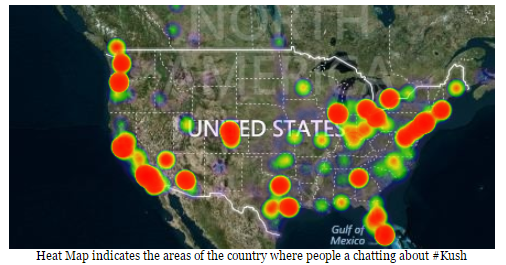With the horrific shooting in Oregon last week, there have been many threats to college campuses across the nation. Most have been unfounded, thankfully, but it raises an important question – how can law enforcement and colleges monitor for potential threats, and know when to take them seriously?
At this stage in the game, all perceived threats have to be taken seriously. While some will pose threats directly to the college itself, it is becoming more and more important for schools and law enforcement to monitor social media to look for potential threats on social sites.
Like finding a needle in a haystack, this is an undaunting task. Thanks to the evolution of social media monitoring, it can be easier than it has been. Using geography based monitoring programs, social content posted in the vicinity of an area can be monitored, with alerts sent for posts containing specific keywords, hashtags, or phrases that may warrant a closer look.
How can this help?
- It can help identify those who are posting threats or content that may indicate potential trouble, both by user name and location. Geographic based monitoring can pinpoint coordinates for a specific location from which the user was posting content, which can be helpful in identifying those who are posting on anonymous sites, such as YikYak.
- By using careful monitoring setup, schools and law enforcement can identify the potential for trouble by creating profiles of users who are posting content that may indicate they are struggling somehow, whether it be with mental health issues, school bullying, or depression/suicidal thoughts. Those users can then be more closely monitored, as can their connections with others, to possibly prevent tragedies such as the Oregon shooting.
- Social monitoring can aid in investigation and arrest of those making threats. A recent article showed how a threat was made to the University of Central Arkansas. They were able to identify and prosecute the person who made the threat. While his first post on YikYak was more general and police could not make an arrest based on it (he simply posted “Just want to warn you guys now, don’t come to campus next Wednesday”), his second post was more specific and allowed police to move forward. In the second post, he said, “Fellow yaks, you seem like good people and I care for you, so if you read this, please stay in your dorms or off campus next Wednesday, I care too much for you all to fall victim of the event.” While it’s not clear from the article, it seems as though it is possible that police were watching the user’s activity more closely after the first, less specific, threat was made.
There are many times when clues are posted on social sites that are sadly found after the fact. With the public paying attention and reporting anything they see as potentially concerning, as well as the enhanced social media monitoring programs available, it is hopeful that more tragedies can be prevented in the future.
